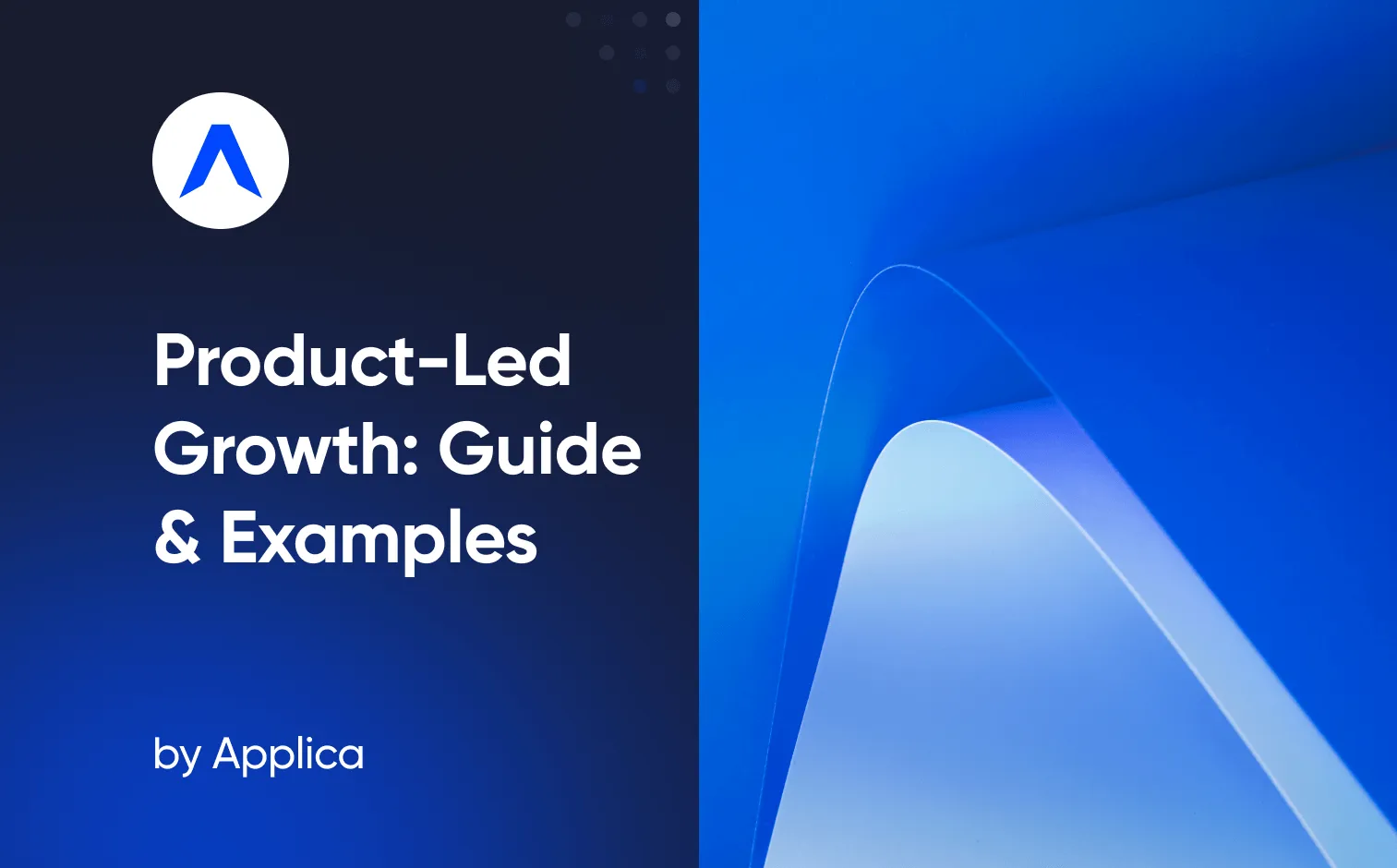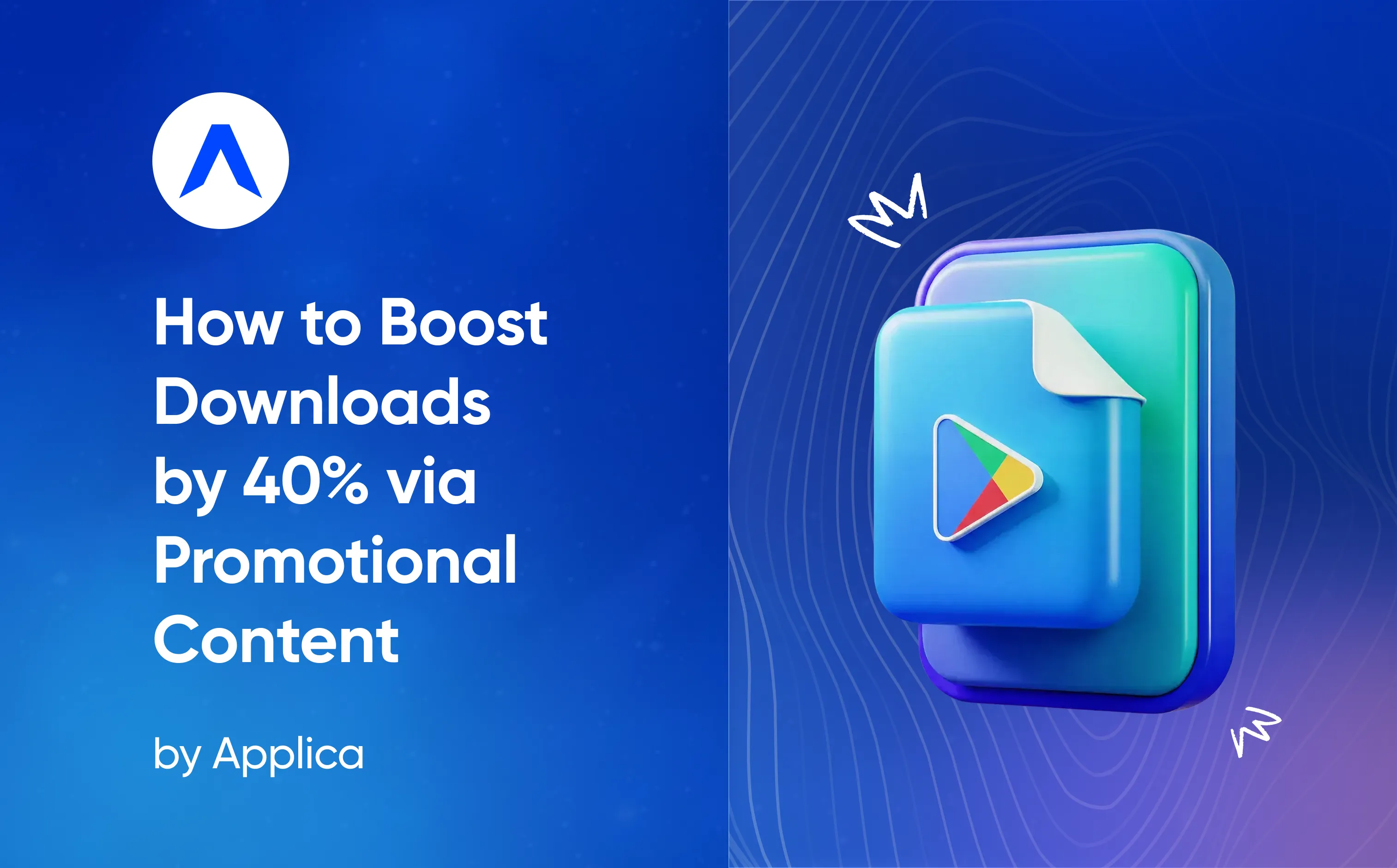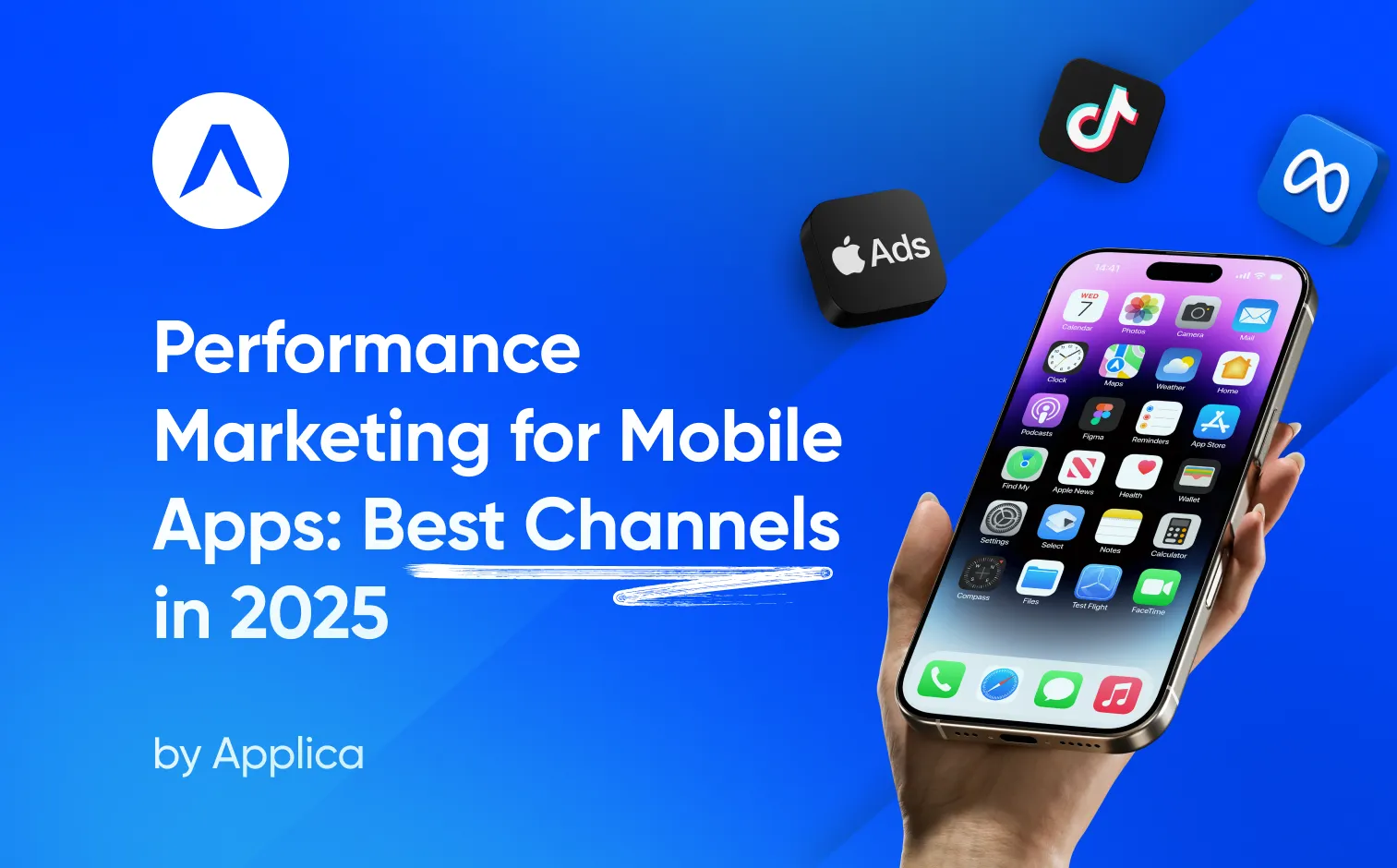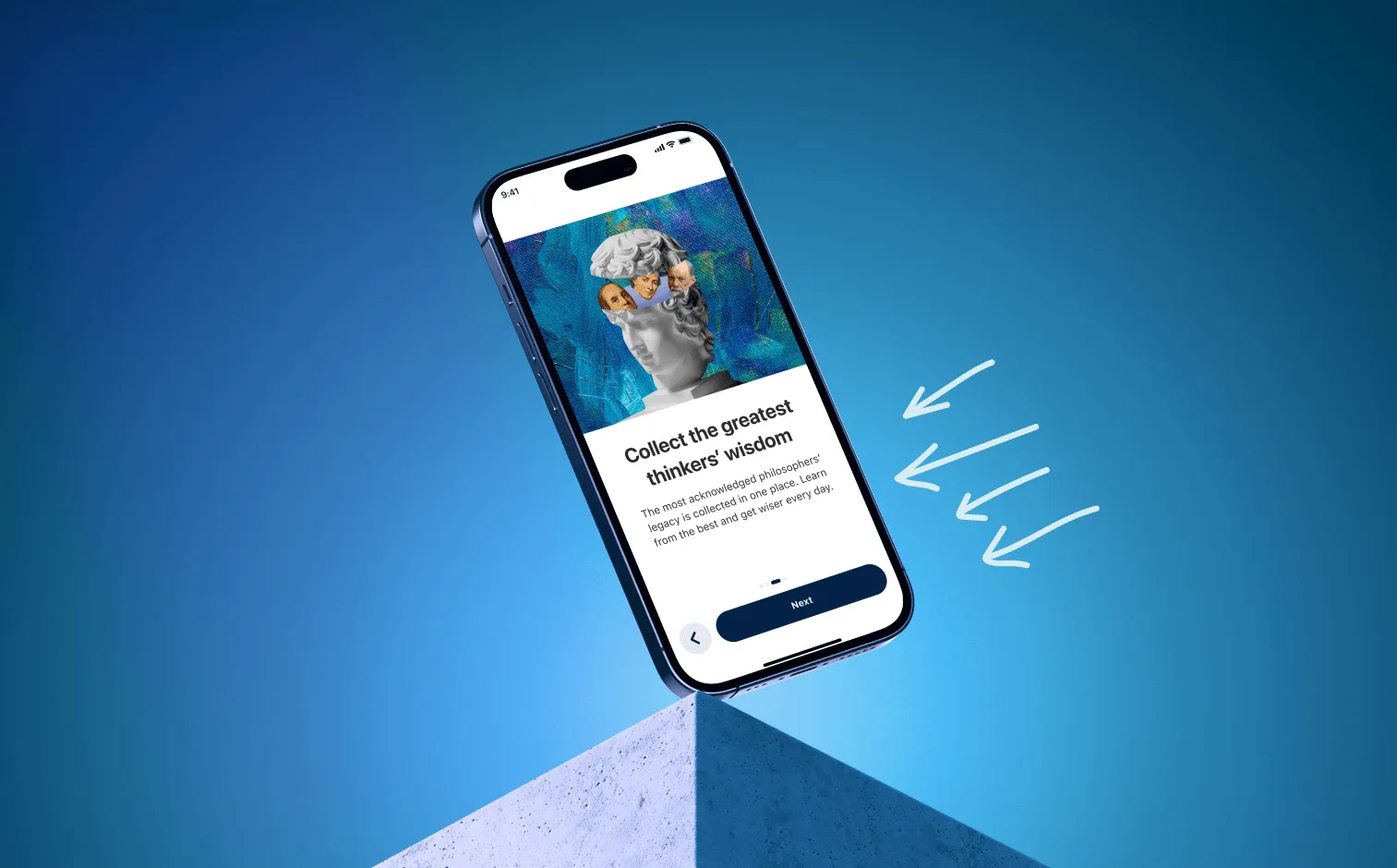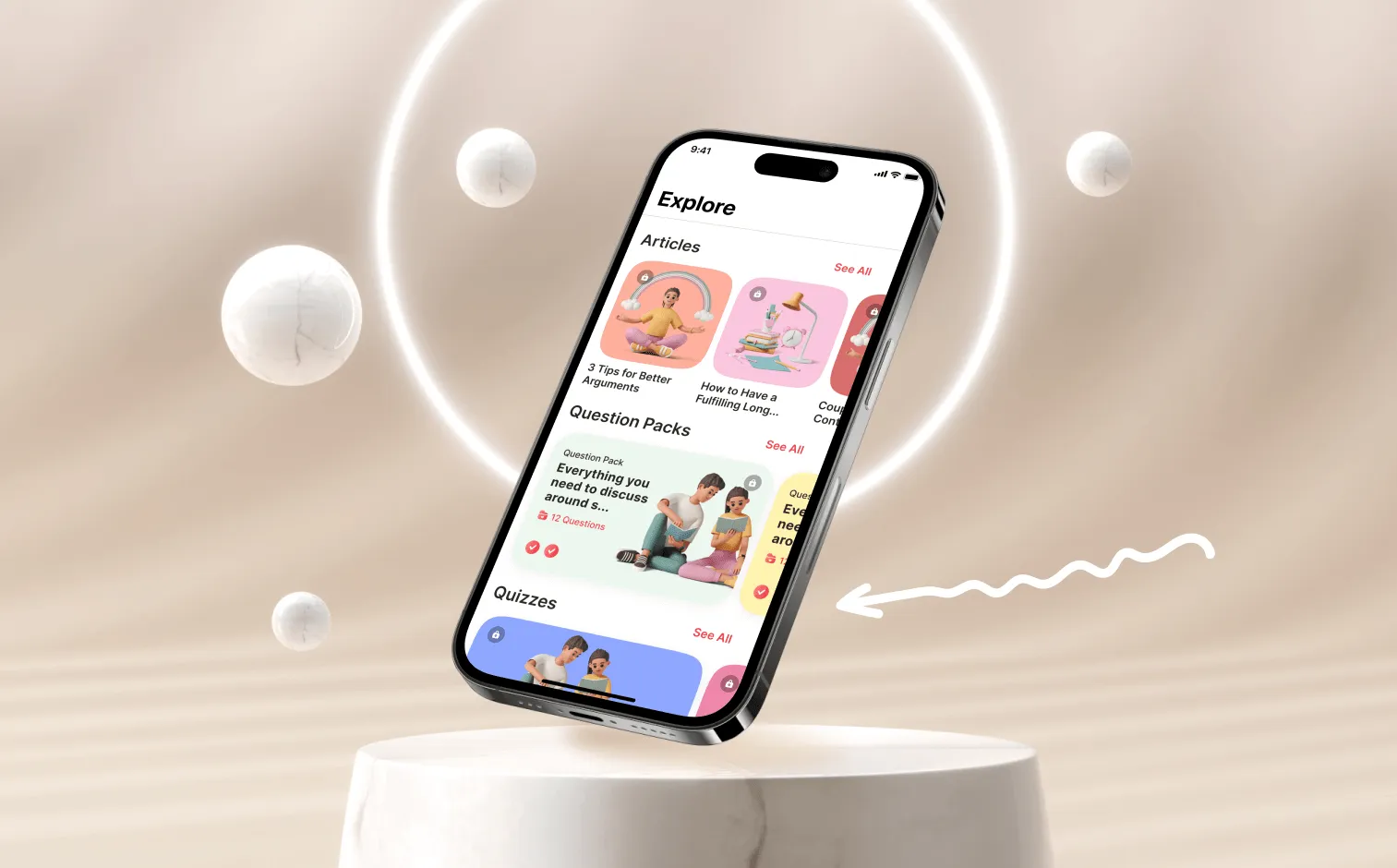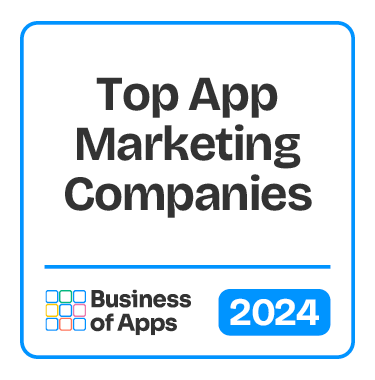What is Product-Led Growth (PLG)
Product-led growth (PLG) is an approach to growing a business that puts the product at the center of the user experience. PLG meaning involves leveraging the product itself to acquire, engage, and retain customers, as opposed to relying on traditional marketing tactics. This approach is used by many companies that have seen significant growth, such as Slack, Dropbox, and Notion.
The goal of PLG is to create an exceptional product that users love and want to use. This allows companies to focus their resources on building and improving the product rather than spending time and money on expensive advertising campaigns. Additionally, it ensures that customers are experiencing the product first-hand and can provide valuable feedback for future development.
In addition to providing a great user experience, product-led growth also encourages organic growth. By making the product itself the main source of promotion, companies can increase their user base organically, as customers share the product with their friends and family. This also helps to create a network of users who are eager to help each other and share their experiences.
Product-Led Growth Strategy
Instead of relying on sales reps and marketing campaigns to bring in customers, PLG focuses on providing superior product experiences that attract, engage, and retain users. The goal of PLG is to convert users into customers through their own interactions with the product itself, rather than relying on outbound sales and marketing tactics.
In order to be successful, a product led growth strategy needs to be based on a deep understanding of the target audience and their needs. Product features must be designed and developed with the customer in mind, ensuring that they provide value and keep users engaged. Additionally, the user experience must encourage customers to explore and learn more about the product. The PLG strategy should be accompanied by performance metrics that track user engagement and conversion rates in order to ensure that the product is meeting its goals.
Product-led growth can be a powerful tool for scaling quickly and efficiently. It also provides an opportunity to gather valuable data and customer feedback that can be used to further improve the product and maximize customer satisfaction.
The Benefits of Making Your Strategy Product-Led
Scaling Faster
Scaling faster is a major benefit of a product-led growth strategy. By focusing on the product itself as the primary driver of growth, companies are able to more quickly reach new markets, expand their user base, and increase their customer base. Additionally, since the product is the center of the customer experience, product-led companies can rapidly iterate on their products to meet customer needs and quickly scale to address new opportunities.
Product-led companies also benefit from being able to scale faster because they can more easily track user behavior and usage data. Companies quickly identify customer needs and trends, allowing them to swiftly modify their products to meet customer demands. This data-driven approach also allows companies to be agile, quickly responding to and addressing customer feedback and needs.
Customer Acquisition Costs are Lower
A PLG strategy is a great way to lower customer acquisition costs. By focusing on product improvements and development, companies attract more users organically and reduce the need for costly marketing campaigns. By enhancing the product experience, they increase user engagement and retention, resulting in more referrals, word-of-mouth recommendations, and organic growth.
Product-led growth strategies can also lead to improved user engagement, which can reduce customer acquisition costs. By creating a product that users love, companies can create more loyal customers who are more likely to spread the word about their product, driving more organic growth. Additionally, improved user engagement can also lead to increased customer lifetime value, which can help to reduce the overall cost of customer acquisition.
Finally, companies can reduce customer acquisition costs by creating better data-driven insights. By harnessing the power of data, they gain valuable insights into customer needs and preferences, allowing them to target their marketing campaigns more precisely and craft more effective messaging.
Product-Led Growth: The History
1980s-1990s
The 1980s-1990s was a time of major technological advances and increasing consumer demand for products, which led to a period of product driven growth for many companies. Companies began to focus on product innovation and development, rather than just marketing and sales, as a way to increase their revenues and profits.
Innovative products such as the personal computer, the cellular phone, and the CD player were all introduced in the 1980s and 1990s and helped drive product-led growth. Companies invested heavily in research and development to create new and innovative products that would meet the needs of their customers. For example, Apple created the Macintosh computer and revolutionized the personal computer market, while Nokia released the first cellular phone in the world and changed the way people communicated.
Product-led growth was also fueled by the increased focus on customer service. Companies began to focus on providing a better customer experience, both in terms of product quality and customer service. Companies such as Amazon and eBay revolutionized the way people shop by providing an easy, convenient, and secure way to buy products online.
The 2000s
The 2000s were a period of rapid growth for product-led businesses. This decade saw a surge in the adoption of digital technologies which enabled companies to create products that were more user-friendly, personalized, and cost-effective. Companies were able to leverage the power of the internet to reach a global customer base and build powerful brands.
Product-led businesses embraced the advantages of digital technology and used them to create innovative and appealing products. Companies focused on creating products that were more user-centric, offering unique experiences tailored to their customers' needs. This focus on customer experience enabled companies to differentiate their products from those of their competitors and stand out in the market.
In addition to creating user-focused products, companies also took advantage of the internet to develop marketing strategies that were more effective at driving sales. Through the use of search engine optimization, email marketing, and social media, companies were able to engage with their customers in a more direct and effective way.
The 2000s also saw a rise in the number of startups that used product-led growth to fuel their expansion. Companies such as Uber, Airbnb, and Dropbox all used product-led strategies to rapidly grow their businesses. By focusing on creating products that were innovative, user-friendly, and cost-effective, these companies were able to capture market share and become hugely successful.
From the 2010s Till Now
Product-led growth has become increasingly popular in recent years due to the rise of digital technologies and their impact on how customers shop and interact with businesses. By leveraging digital marketing, businesses can create more effective product experiences and reach a wider audience. For example, businesses can use social media platforms such as Instagram and Facebook to showcase their product and engage with customers. They can also use search engine optimization (SEO) to ensure their product appears higher in search results and create more visibility.
In addition to digital marketing, businesses also utilize product-led growth to provide customers with an engaging experience. This includes offering free trials and demos, providing helpful tutorials and webinars, and delivering personalized customer service.
During the Covid Era
The Covid era has accelerated product-led growth (PLG). With most people stuck at home and unable to interact with physical products, companies have had to rely on digitally-native experiences to engage customers.
Product-led growth has allowed brands to provide customers with an immersive experience via their digital products. Companies now showcase their products and services through videos, interactive demos, and interactive product tours a lot more, all of which can be easily accessed from the comfort of one's own home.
Additionally, the Covid era stimulated a more streamlined customer onboarding and engagement. PLG can help companies quickly onboard customers and get them up to speed on how to use their product without having to physically meet with them. Furthermore, companies now use automated messages, chatbots, and other digital communication tools more frequently to keep their customers engaged with their products, even when they're stuck at home.
The Relevance of Product-Led Growth Strategy Today
By creating a great product experience, companies are able to increase customer satisfaction, loyalty, and retention, which leads to increased revenue and improved bottom-line results. Additionally, product-led growth strategies enable companies to gain insights into customer behavior and preferences, allowing them to better tailor their offerings and stay ahead of the competition. Finally, product-led growth strategies enable companies to scale quickly and efficiently, reaching a wider audience with ease. All these factors make product-led growth strategies a key factor in success in today's digital economy.
The Metrics to Track When Using Product-Led Growth Strategy
Retention Rate
Tracking the retention rate allows businesses to identify areas of their product or service that customers are satisfied with, as well as any areas that may be causing customers to leave. This data can be used to develop strategies to improve customer experience and increase customer satisfaction.
By understanding the retention rate, businesses can identify which features and services are working, and which are not. This allows them to prioritize the development of features and services that customers are more likely to use and benefit from. Additionally, it helps identify areas of their product that may need to be improved or removed completely.
Churn Rate
Another essential metric to track in any product-led growth strategy is the churn rate. The churn rate is the percentage of users who discontinue using the product within a certain time frame. A high churn rate means that users are leaving the product quickly, which indicates that there is something wrong with the product or the user experience.
The first step in tracking the churn rate is to determine the relevant time period. This could be determined on a daily, weekly, or monthly basis. Once this is determined, the data can be collected and the churn rate can be calculated.
The churn rate can be tracked in various ways. It can be tracked in an aggregate form, or it can be tracked by segmenting users based on specific characteristics, such as age, gender, or usage patterns. This allows for further analysis and insights into why users are leaving the product.
Once the churn rate is tracked, the next step is to take action to address it. This could involve making changes to the product, improving the user experience, or offering incentives to encourage users to stay. It’s important to remember that churn rate is only one metric and that other factors, such as customer satisfaction and engagement, should also be tracked.
Stickiness
Stickiness is a measure of how well your users are engaging with and using your product over time. It’s an indicator of how your product is performing and how it’s resonating with your target audience.
When tracking stickiness, there are a few metrics to focus on. First, you should measure your user engagement over time. This includes the number of visits to your product, how often users are returning, and the average session length. Next, check your user retention rate. This looks at the number of users who keep using your product over time. Finally, look at your user registration rate. This is the measure of how many users are signing up for your product.
These metrics should be tracked regularly to measure your product’s success and to identify areas for improvement. Additionally, make sure to compare your stickiness metrics to those of your competitors to see how you compare.
Feature Adoption Rate
The adoption rate is the measure of how many people are actually using the product or feature.
To track the adoption rate of a product or feature, first, define the goals of the product and the desired outcome. Then, the usage data of the product or feature can be tracked and analyzed. This data can then be used to identify what features are being used the most and which are not being used at all.
Finally, the product team can use this data to make decisions on how to improve the product or feature and increase its adoption rate. This could include making changes to the design, adding new features, or improving existing features.
Product-Qualified Leads
PQLs are leads that have interacted with a product or service in a meaningful way, such as registering for a free trial, downloading a free trial version of the product, or using the product in some capacity.
PQLs can be tracked and measured using a variety of methods, such as web analytics, customer relationship management (CRM) systems, and even in-app usage tracking. By tracking PQLs, businesses can gain insights into how customers are engaging with their product, what features they are using, and how they are responding to marketing efforts. This information can then be used to optimize customer experience, target marketing campaigns, and develop more effective product strategies.
Time to Value
Tracking time to value allows product teams to measure the effectiveness of their product strategy and understand how quickly users are getting value from their product.
By tracking time to value, marketers can understand how quickly customers are converting from free trials or other marketing activities. Marketers can then adjust their strategies to optimize for a faster time to value.
Finally, it is useful for understanding the overall growth trajectory of a product and ensuring that a product is growing at the expected rate and that the team is able to take advantage of any potential growth opportunities.
Customer Lifetime Value
Tracking customer lifetime value (CLV) is an important part of any product growth strategy. CLV is a metric that measures the total amount of revenue generated by a customer over the course of their relationship with a business. This metric enables businesses to better understand the value of their customers and helps inform decisions about how best to allocate resources.
By tracking CLV, businesses can measure the effectiveness of their product-led growth strategies. They can evaluate how well their products are engaging customers, how much revenue each customer is generating, and how long customers remain with the business. This information can then be used to optimize product features and prioritize customer segments for growth.
Tracking CLV can also help businesses identify opportunities to increase customer retention. By understanding which customers have the highest CLV, businesses can tailor their product offerings and marketing strategies to better meet the needs of these customers. This can help increase customer loyalty and drive long-term growth.
Expansion Revenue
Expansion revenue is the revenue generated from customers who have already purchased the product, rather than new customers. This type of revenue is an indication of customer satisfaction and loyalty, as customers continue to use and purchase the product even after their initial purchase. To track expansion revenue, it is important to analyze purchase patterns and customer lifetime value to identify opportunities for growth and identify areas where customers may be less engaged.
It is also important to track customer feedback in order to identify any areas of improvement that can be addressed. By understanding what customers like and don't like, companies can adjust their product to better serve their customers and drive higher expansion revenue. Additionally, companies should look for potential upsell opportunities to increase revenue from existing customers.
Finally, tracking expansion revenue in a product-led growth strategy requires companies to create a culture of innovation. Companies should be continuously looking for ways to improve their product and create new features or products to attract and retain customers. By doing this, companies can keep their product fresh and appealing, driving more expansion revenue in the process.
ARPU (Average Revenue Per User)
This metric helps businesses measure the average income they receive from each user over a given period of time. It is used to measure the success of a product-led growth strategy and the overall health of a product.
Tracking ARPU can be done in a few different ways. One way is to calculate it by dividing total revenue by the number of users. This can be calculated on a monthly, quarterly, or annual basis. Another way to track ARPU is to compare it to the company's cost of acquisition. This helps to determine the true value of a user and the cost-effectiveness of the product-led growth strategy.
Tracking ARPU is important because it helps companies understand the value of their products and identify areas of improvement. For example, if the ARPU is low, companies can look for ways to increase their revenue per user by adding features and improving their product offering. On the other hand, if the ARPU is high, companies can focus on expanding their user base to increase their overall revenue.
Examples of Product-Led Strategies
Slack
At its core, Slack’s product-led growth strategy centers on providing users with a great experience that is both intuitive and enjoyable. The company heavily invests in user experience and product design, making sure that the product is easy to use and offers a wealth of features and functionality. Additionally, Slack has invested heavily in its platform and ecosystem, creating an ecosystem of integrations, bots, and apps that help users make the most of their experience.
Slack also incorporates content and community-building activities. The company has built a vibrant online community of users, which helps to foster user engagement and loyalty. Slack also regularly shares content such as tutorials, articles, and videos which help users learn more about the product and how to make the most of it.
Finally, Slack monetizes its product-led growth strategy by offering enterprise-level features and services. By offering these services, Slack is able to generate significant revenue from its user base and make the product even more attractive to potential customers.
Notion
Notion has been successful in using this approach to attract and retain customers by providing an intuitive product experience that can be tailored to the user's specific needs.
Notion’s product-led growth strategy relies heavily on providing a user experience that is tailored to the individual. This is achieved by offering a wide range of features and customizations that allow the user to make the product their own. Notion also offers a variety of integrations and APIs, giving users the ability to tailor the product to their needs. Additionally, Notion provides a comprehensive set of tutorials and documentation to ensure users can get the most out of their product.
Notion’s product-led growth strategy also includes a focus on customer retention. Notion provides users with a range of support options, including an online Knowledge Base, online chat, and email support. Additionally, Notion offers a variety of rewards and incentives for users who remain loyal to the product, such as free upgrades and discounts on future purchases.
Dropbox
Dropbox’s product-led growth strategy involves creating a product that is simple and intuitive, so users can quickly understand it and start using it with minimal effort. Dropbox has also focused on features that make it easy for users to share files and collaborate with one another, such as its shared folders.
Dropbox has also heavily invested in marketing its product, leveraging its extensive network of partners, influencers, and user-generated content. It has also released multiple versions of its product, including a free version that allows users to store up to 2 GB of data and a premium version with more storage space and advanced features.
Finally, Dropbox has also focused on providing excellent customer service to build customer loyalty and word of mouth. Dropbox offers 24/7 customer support and a robust knowledge base to help users with their questions.
Calendly
The main part of Calendly’s product-led growth strategy is its intuitive and user-friendly scheduling platform. It has built-in features that allow users to quickly and easily schedule meetings and events with just a few clicks. Its features also make it easy for users to invite attendees and share meeting details. Additionally, the platform provides users with a variety of customization options, such as the ability to create custom templates and reminders.
In addition to its product features, Calendly has also leveraged other growth strategies to increase user engagement. For example, the company has leveraged its referral program to encourage users to share their experiences with friends and colleagues. It has also used content marketing, such as webinars and blog articles, to further educate users on the benefits of its platform.
Finally, Calendly’s product-led growth strategy also includes a focus on customer feedback. The company actively solicits feedback from users and incorporates it into product development. This ensures that the platform continues to meet the needs of its customers and keeps users engaged with the product.



